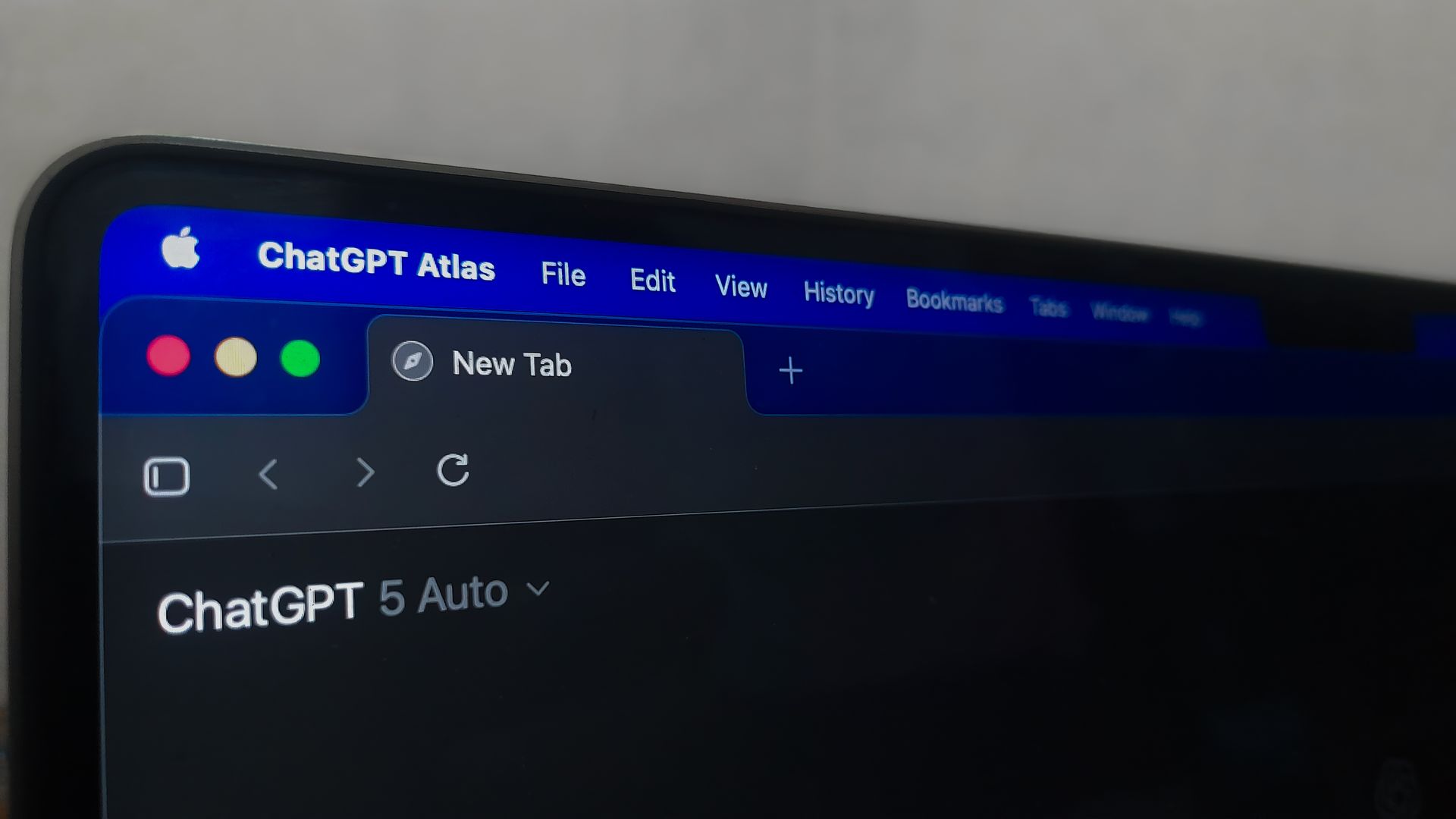Best Practices for Building Strong Services Pages on a Medical Website
WHAT READERS WILL LEARN FROM THIS BLOG:
- Why service and condition pages are some of the most important pages on a medical website
- How detailed pages help search engines understand what a practice offers
- How strong content improves patient trust and user experience
- The ideal length and structure for individual service pages
- Why lists, FAQs, and clear headlines improve both SEO and readability
- How visual content like before and after photos or videos boosts engagement
- How well-built pages support visibility in AI tools and search engines
- What to include on every service page to increase conversions
- How these pages fit into a broader website and SEO strategy
WHY YOUR SERVICES PAGES MATTER MORE THAN YOU THINK
A lot of practices spend time polishing their home page, their provider bios, and maybe their contact page. Then the services page gets a light pass and never really gets built out. It becomes a short list of conditions treated or procedures offered, usually with little or no detail.
If your website does this, you’re not alone. Many practices skip over these pages without realizing they’re leaving traffic, trust, and patient conversions on the table.
Your services and condition pages are some of the most important pages on your entire site for two big reasons:
- They help search engines understand what you do
- They help real people feel confident choosing your practice
Let’s talk about both.
HOW SEARCH ENGINES USE THESE PAGES
Search engines are trying to match a patient’s question with the best possible answer. If your site only lists “services” in a short paragraph, Google and other platforms don’t have enough context to understand your expertise.
Detailed pages help solve this. When each service gets its own page with real content, your site becomes more discoverable. Search engines can identify:
- The keywords you want to rank for
- The specific conditions you treat
- The types of patients you help
- Your level of authority on a topic
This is the foundation of strong medical SEO. If a competitor has a full page for “Rhinoplasty in Nashville” and yours only has a bullet point on a generic services page, their site will almost always outrank yours.
If you want to learn more about strengthening your SEO overall, you can read more on our SEO Services page.
WHY PATIENTS PREFER DETAILED PAGES
Patients deserve information that helps them understand what you offer and whether it meets their needs. A thoughtful services page does a few important things:
1. It builds trust
People want to feel confident before scheduling. When they see a full explanation of a condition or procedure, they trust you more as a provider.
2. It reduces confusion
Patients don’t always know what a procedure involves or what symptoms fall under a condition. A clear, simple explanation helps them connect the dots.
3. It keeps people on your site longer
Longer engagement sends positive signals to search engines. It also increases the chance they’ll book an appointment.
4. It supports accessibility and inclusivity
Thoughtful layout, clear wording, and helpful FAQs make it easier for all users to navigate. This is especially important when people are anxious about their symptoms or unsure what they’re looking for.
WHAT EVERY SERVICE OR CONDITION PAGE SHOULD INCLUDE
To get the best results in both search and user experience, aim to include the following on each individual page.
1. At least 500 to 800 words of helpful, readable content
Not fluff. Not keyword stuffing. Actual value.
Write as if you’re explaining the topic to a patient in the exam room.
2. A clear headline using the actual service name
Example:
Rhinoplasty (Nose Reshaping Surgery)
Avoid clever titles that hide what the page is actually about.
3. A simple overview of the condition or procedure
Explain what it is, who it’s for, and why it matters.
4. Symptoms or indications (for conditions)
Search engines love lists and patients find them easy to scan.
5. What to expect
This can include diagnosis, treatment steps, downtime, results, etc.
6. At least one list
Lists help users skim and help search engines understand structure.
7. FAQs
FAQs are powerful. Search engines often pull them directly into results, and LLM tools use them to understand context and meaning. Include questions you hear from patients often.
8. Before and after photos or videos when appropriate
Services like rhinoplasty, facelift, body contouring, and other aesthetic procedures do especially well with visuals.
Photos and videos increase time on page, which is great for SEO and conversion. Just keep HIPAA in mind and follow proper consent guidelines.
9. A clear call to action
Something simple like:
“Ready to schedule a consultation? Book online or call our office.”
Never leave patients wondering what to do next.
HOW THESE PAGES HELP WITH LLM SEARCH TOOLS
More patients are turning to AI tools for healthcare questions. These tools read websites the same way search engines do but rely even more heavily on clear, structured content.
If your pages:
- Explain things in plain language
- Include lists
- Use questions
- Offer step-by-step detail
Then your website becomes a stronger source for these tools. That means better visibility in the places patients are turning for help.
HOW THIS FITS INTO A LARGER WEBSITE STRATEGY
If you want your medical website to perform well, your service and condition pages should not be an afterthought. They play a huge role in your SEO, user experience, and overall site structure.
If you’re building or redesigning your site, it’s worth creating these pages the right way from the start. You can learn more about our approach to user-friendly layouts, content structure, and conversion strategy on our Website Design page.
NEED HELP CREATING STRONG SERVICE PAGES?
If you’d like help building out your services pages, improving your SEO, or redesigning your website, we’d love to talk.
Request a free consultation with The Infinity Group today.
We’ll walk you through what your site needs and how to get it performing at its best.
Disclaimer: The information provided on this blog is for general informational purposes only and should not be considered professional advice. While we strive to ensure that all content is accurate and up to date, no guarantees are made regarding its completeness or reliability. Readers are encouraged to seek professional guidance specific to their situation before making any decisions based on the information provided. The author and this blog disclaim any liability for actions taken or not taken based on the content herein.



